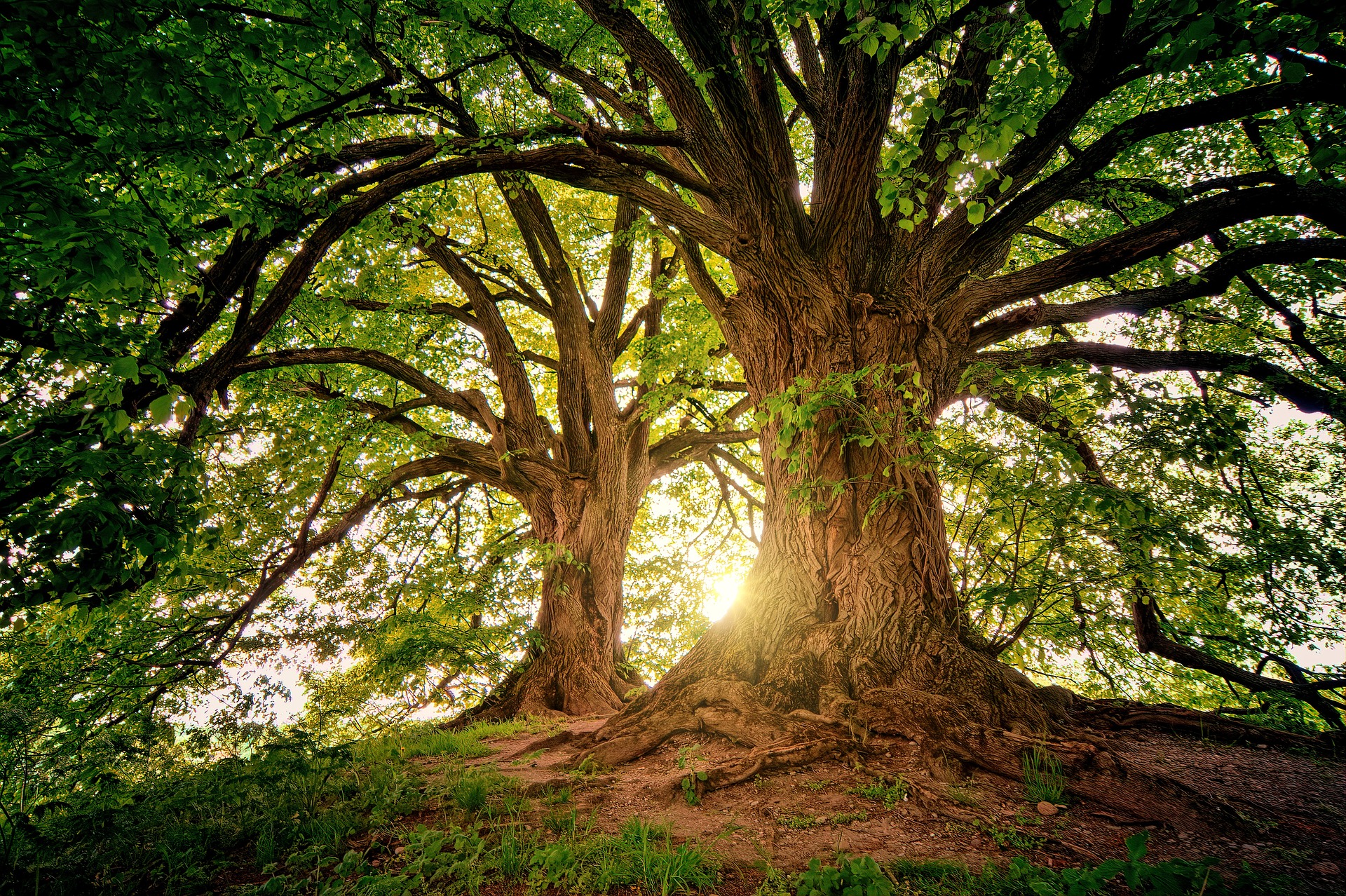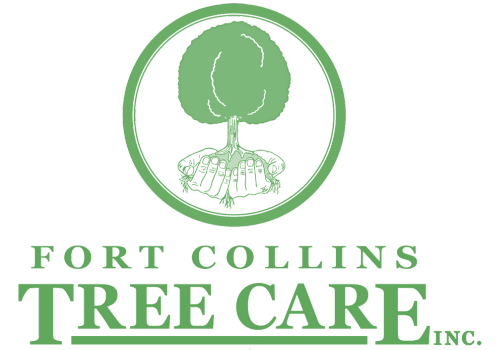ARE YOU READY FOR SOME HELP?
Damage caused by southwestern pine tip moth
The southwestern pine tip moth mainly attacks young ponderosa pines, but will also attack bristlecone, scotch, austrian, and mugho pines. They prefer trees under 8′ in height and can be big problems for newly planted areas where almost all the trees will be young ponderosa pine, but they may attack trees up to 30′ and even taller in a landscape environment.
The young larvae feed at the base of new needles, killing the needles and older larvae tunnel into the new growth at the end of a branch and may kill the entire shoot. Dead shoots will turn brown in the summer. The southwestern pine tip moth rarely kills established trees but can retard their growth and cause deformed trees. Heavy infestations may kill young trees.
Image by: Donald Owen, California Department of Forestry and Fire Protection, Bugwood.org
How to identify southwestern pine tip moth
Look for tunnels and discarded skins on damaged new growth and pitch tents at the base of needles in early to mid-summer and dead brown shoots later in the summer. The southwestern pine tip moth eggs are elliptical, convex on the top, and flat on the bottom. They change from light yellow-green to bright orange as the egg develops.
The larvae or caterpillar’s body is yellow-orange when newly hatched and reddish orange for more mature caterpillars, and its head is brown or black. The mature larvae reach about 0.6″ in length. The pupae are golden yellow to brownish yellow, in silk cocoons, about 0.4″ long. They are usually attached to the tree trunk just below the ground level.
The adult southwestern pine tip moth has a wingspan of about 3/4″. The hindwings are gray. The inner 2/3 of the forewings have dark gray, black, and red bands, and the outer 1/3 has 2 black lines. Like most moths, the southwestern pine tip moth flies mostly at night.
Image by: Scott Tunnock, USDA Forest Service, Bugwood.org
Life cycle of the southwestern pine tip moth
Adult southwestern pine tip moths appear in the spring when the weather warms up. Females lay eggs on buds and new shoots in April and May, which hatch about 2 weeks later, when the new shoots start growing. The young larvae suck sap from the pine twig or new shoots at the base of a needle. They create a “tent” for protection from a mixture of pitch from the pine tree and silk. Older larvae tunnel into the shoot and feed until the end of July when they crawl down the trunk in search of a spot about 1″ below the ground level where they will spin a cocoon and overwinter as pupae.
Image by: Donald Owen, California Department of Forestry and Fire Protection, Bugwood.org
How to control southwestern pine tip moth
The southwestern pine tip moth has many natural predators, parasitic wasps, ants, spiders, mites, lizards, birds, and mice. Small infestations can be pruned by hand. If insecticides are required, they are best sprayed when the needles start growing, usually late April to early May, this is when the eggs hatch and the caterpillars start tunneling into the young needles. Two spray applications may be needed.













